Huawei, after being attacked by the U.S. for so long, has decided to strike back. The ongoing campaign by the Trump administration to shut the Chinese giant out of global 5G markets on national security grounds has affected its business. Taking advantage of the estimated 100,000 visitors, Huawei brought its war to the phone industry’s biggest trade show – MWC Barcelona.
So at MWC Barcelona, the US government and Huawei Technologies Co engaged in what appeared to be a “no holds barred” fight. Half-way through the conference on Tuesday (Feb 26), both sides unleashed their punches. Mr Robert Strayer, who leads cybersecurity policy at the US State Department, said American officials had “substantial concerns” over state-ordered spying.
Calling on executives and governments at the Mobile World Congress (MWC) in Spain to avoid Huawei like a plague when building new networks, Mr. Strayer said – “Chinese law requires these firms to support and assist Beijing’s vast security apparatus.” However, it is not clear how much of an impact the US delegation is having, with most of the world top executives remained neutral.
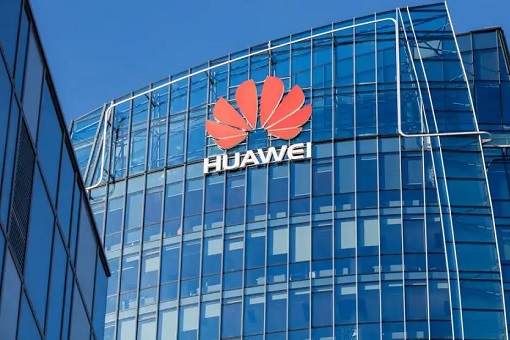
As far back as 2012, Huawei and ZTE Corp were the subjects of an investigation that looked into whether their equipment could pose a threat to U.S. interests. Since then, the U.S. has been warning its allies against using Huawei technology for critical infrastructure, especially the members of the so-called Five Eyes, a group of five English speaking countries – U.S., Canada, New Zealand, Australia, Great Britain.
Meanwhile, Huawei’s rotating Chairman Guo Ping delivered his boldest defence against the U.S. accusations, telling a packed main auditorium that the US had absolutely “no evidence” to back their claims. Mr. Guo pointed to a US federal law that compels U.S. tech companies to provide law enforcement officials with the requested data stored on servers – even if they are located on foreign soil.
Heck, Guo Ping even poked fun at United States’ hypocrisy when he managed to draw laughter and applause from the audience, asking – “Prism, prism on the wall, who is the most trustworthy of them all? It is a very important question and if you don’t answer that, you can go and ask Edward Snowden.”
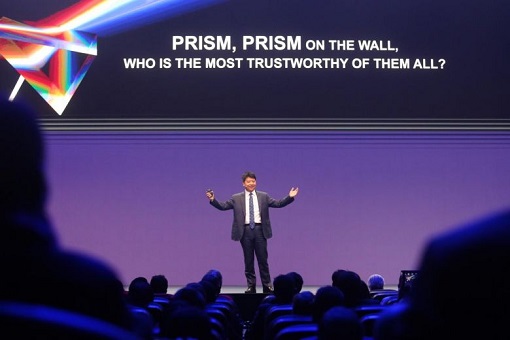
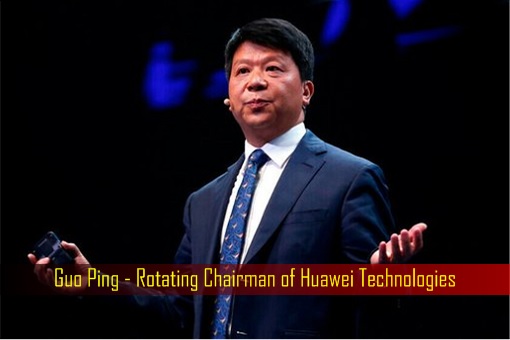
Mr. Guo, of course, was referring to Snowden, a former National Security Agency (NSA) subcontractor who leaked documents revealing the NSA’s use of US-made telecom equipment for spying. PRISM, exposed by Snowden in 2013, is a code name for a program under which the NSA collects internet communications from various U.S. internet companies.
Documents exposed by Snowden indicate that PRISM is “the number one source of raw intelligence used for NSA analytic reports”, and it accounts for 91% of the NSA’s internet traffic acquired under FISA section 702 authority. Despite NSA’s denial, America’s allies in the EU were angered over the NSA phone-tapping scandal in 2013, including tapping on Chancellor Angela Merkel’s phone.
But the best part of Huawei’s attack came in an opinion piece in the Financial Times. Mr. Guo finally reveals the real reasons why the Americans keep accusing the Chinese of stealing technology and violating trade sanctions. As far back as 2012, a report produced by the House Intelligence Committee has labelled Huawei as a threat to the U.S.
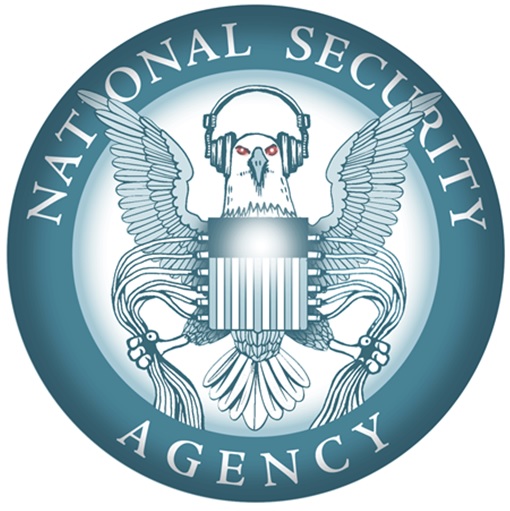
Guo believes the biggest reason can be found in the top secret US National Security Agency documents leaked by Edward Snowden in 2013. Formed in 1952, the NSA monitors electronic communications, such as email and phone calls, for intelligence and counterintelligence purposes. The Snowden leaks exposed how the NSA’s leaders were seeking to “collects it all”.
What does “collect it all” mean? It simply means collect every electronic communication sent, or phone call made, by everyone in the world – every day. The leaked documents also showed that the NSA maintains “corporate partnerships” with certain US technology and telecoms companies that allow it to “gain access to high-capacity fibre-optic cables, switches and/or routers across the world”.
The problem arises when the NSA faces Huawei. Operating in more than 170 countries and earns half of its revenue abroad, but headquartered in China, the Chinese telecommunications equipment manufacturer does not report, let alone comply, to NSA request. And if the NSA wants to modify routers or switches in order to eavesdrop, the Chinese company will be unlikely to cooperate.

That was why the NSA tried to hack into Huawei’s servers, but failed. “Many of our targets communicate over Huawei-produced products. We want to make sure that we know how to exploit these products.” – Mr. Guo cites a 2010 NSA document. Hence, Huawei’s success has become an obstacle for the NSA to “collect it all”, hindering the US agency’s efforts to spy on whomever it wants, whenever it wants.
Huawei’s refusal to play ball is one of the real reasons leading to the U.S. international war against the Chinese telecoms giant, claimed the Huawei top executive. Guo wanted the world to know that US laws, including the recent CLOUD Act, “empower the US government to compel telecoms companies to assist” in US global surveillance – under the pretext of counterintelligence or counterterrorism.
The second reason has to do with 5G and its economic and social benefits, according to Guo. Huawei, after investing heavily in 5G research for the past 10 years, has positioned the company roughly a year ahead of its competitors. Essentially, countries that are preparing to upgrade to 5G in the next few months would eventually have to talk to Huawei, one way or another.
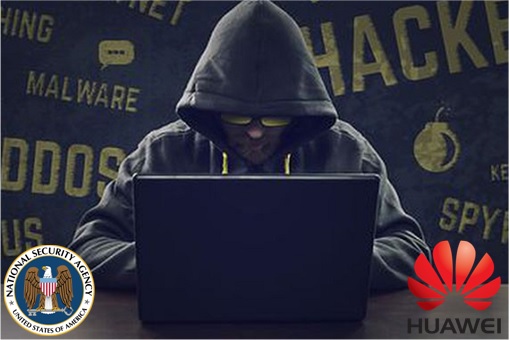
Fifth-generation wireless, or 5G, is the latest mobile internet technology engineered to greatly increase the speed and responsiveness of wireless networks. With 5G, data transmitted over wireless broadband connections could travel at rates as high as 20-Gbps by some estimates – making it the buzzword as the backbone of future cities and even driver-less cars.
The evil plan of the U.S., according to the Huawei executive, is thus to keep the company out of the world’s 5G networks business by portraying the Chinese solution as a security threat. In doing so, the U.S. can retain its ability to spy on whomever it wants while at the same time put a stop to Huawei’s advancement, until the U.S., which has fallen behind, can catch up at a later stage.
Other Articles That May Interest You …
- Trade War Could End Soon – Trump May Even Drop Charges Against Huawei To Strike A Deal
- “You Cannot Crush Us” – Huawei Founder Warned About Shifting Investment From The U.S. To U.K.
- What Trade War? US Trade Deficit With China Hits Record High $323.32 Billion Last Year
- From Trade War To Political Kidnapping – Two Canadians Held “Hostage” As China Retaliates
- China Furious!! – CFO & Daughter Of Huawei Founder Arrested In Canada On Behalf Of The U.S.
- US-DOJ Investigates Huawei For Violating Iran Sanctions – It’s All About Business, Stupid!!
- Adding Salt To Injury – As Facebook Losses $100 Billion, Cook Mocked Zuckerberg About Privacy
- China Invasion – Top 10 American Iconic Brands Now Owned By Chinese
- Here’s Why Whistleblower Snowden Refuses To Use iPhone
- Beware! Here’s How Government’s Spying On You, Legally

|
|
February 28th, 2019 by financetwitter
|


|

|

|

|

|

|




























Comments
Add your comment now.
Leave a Reply